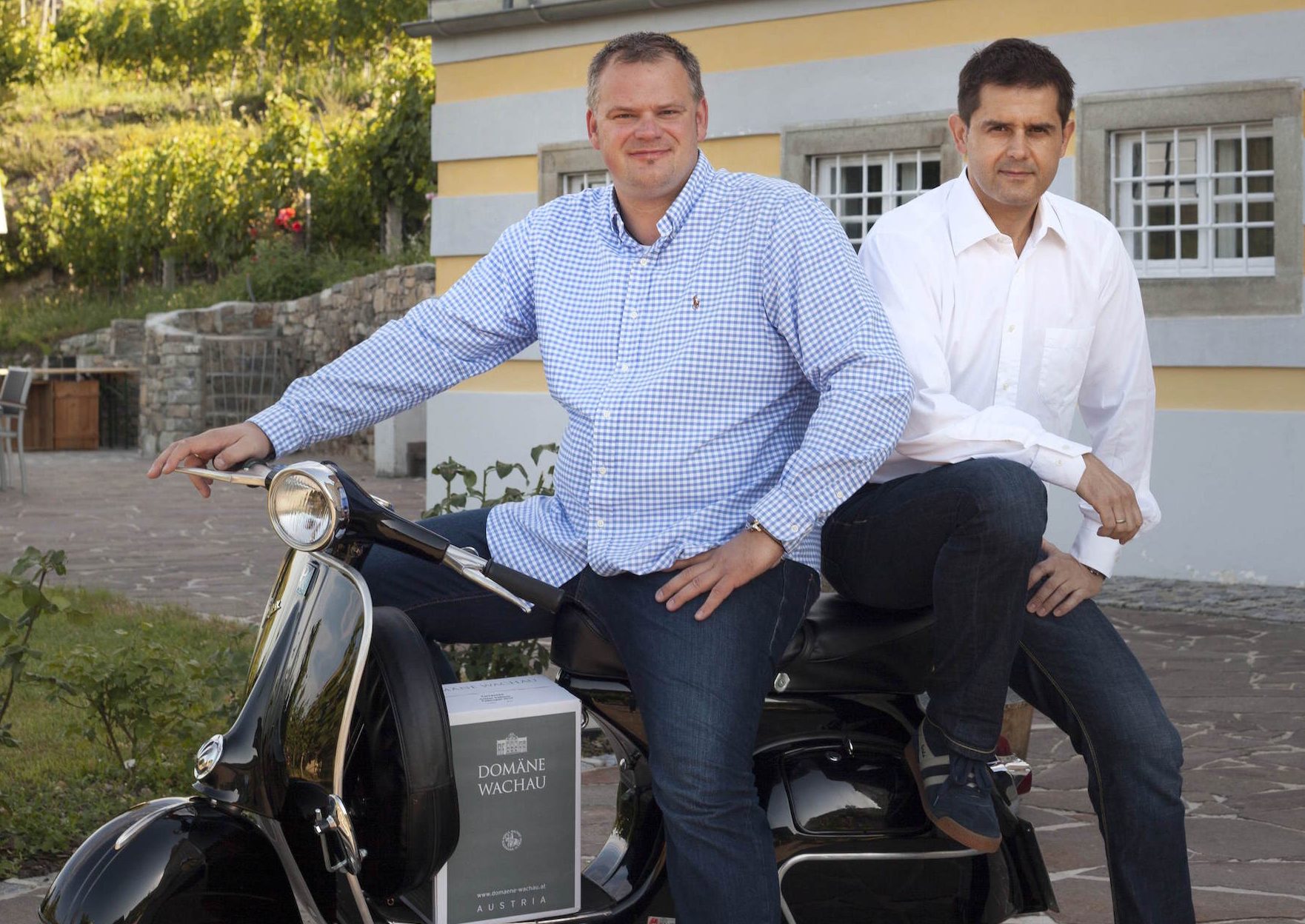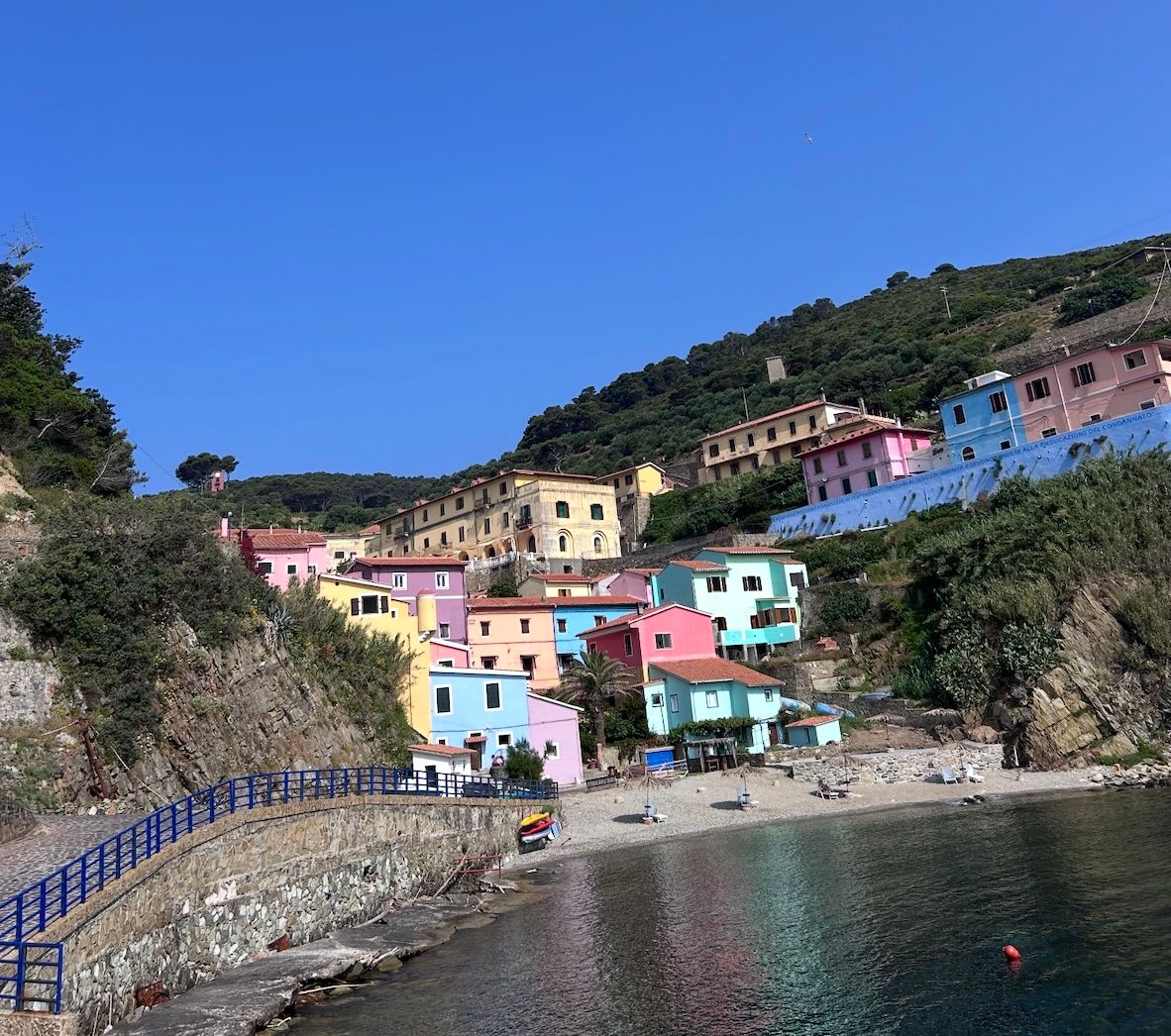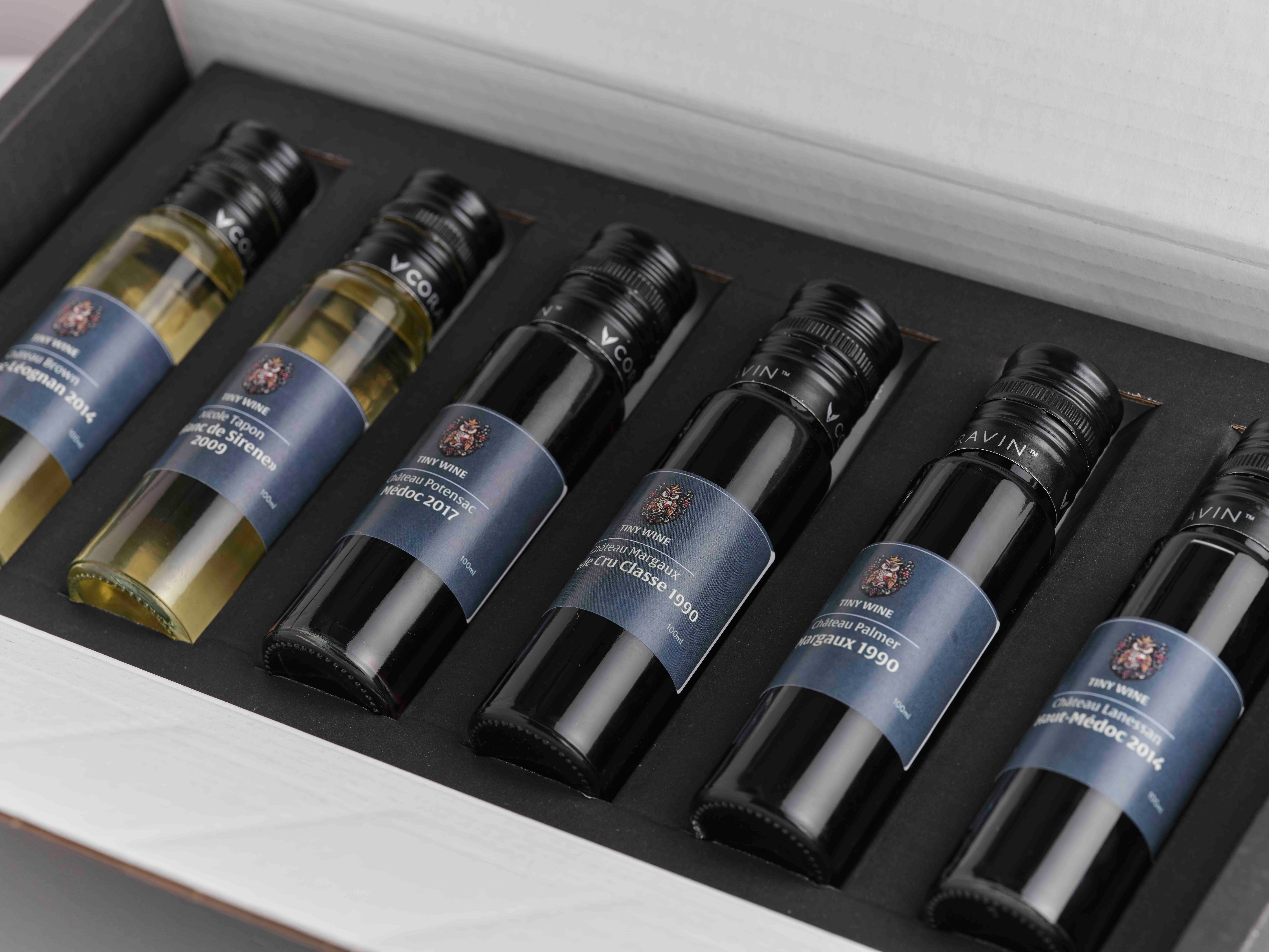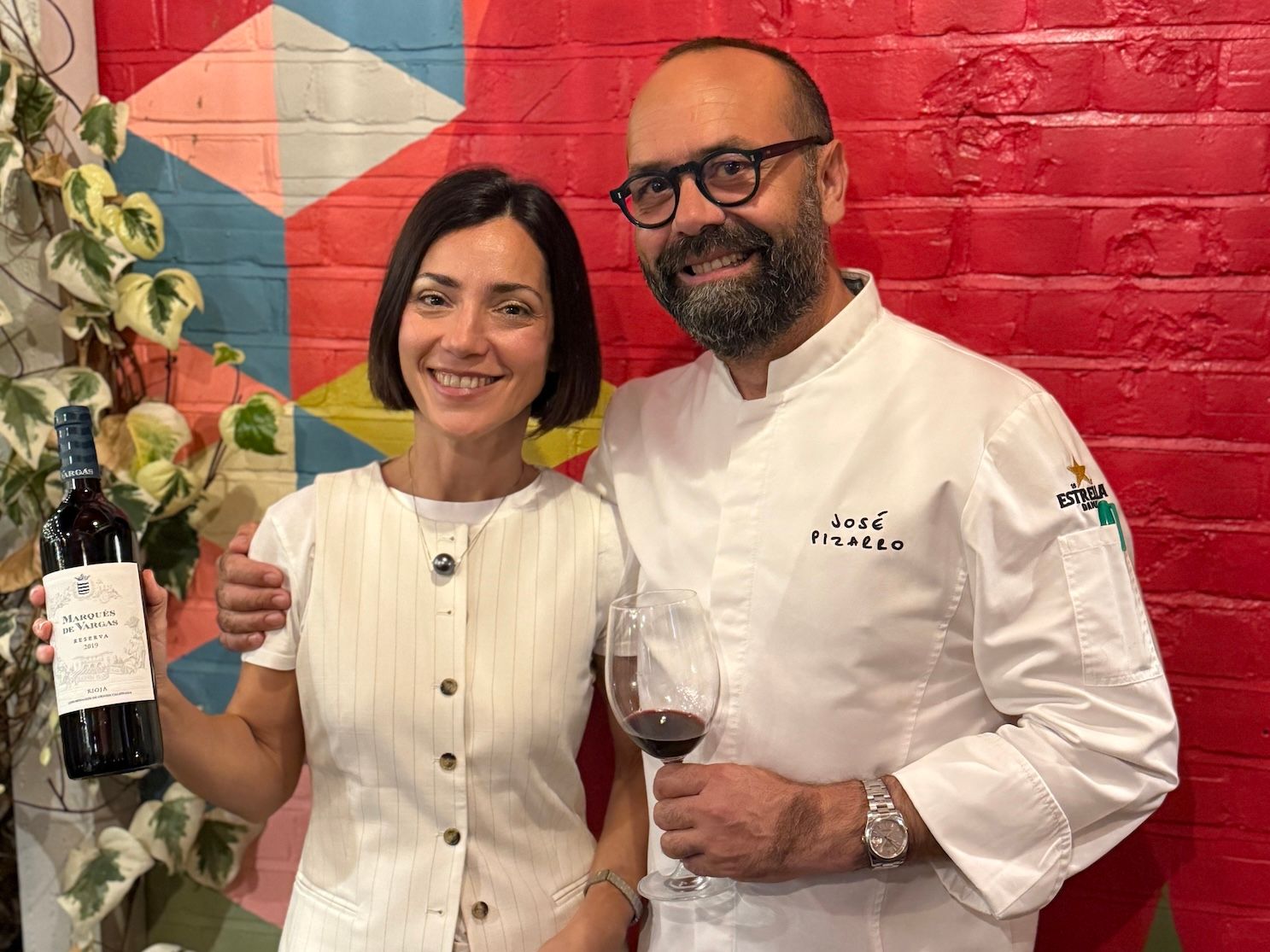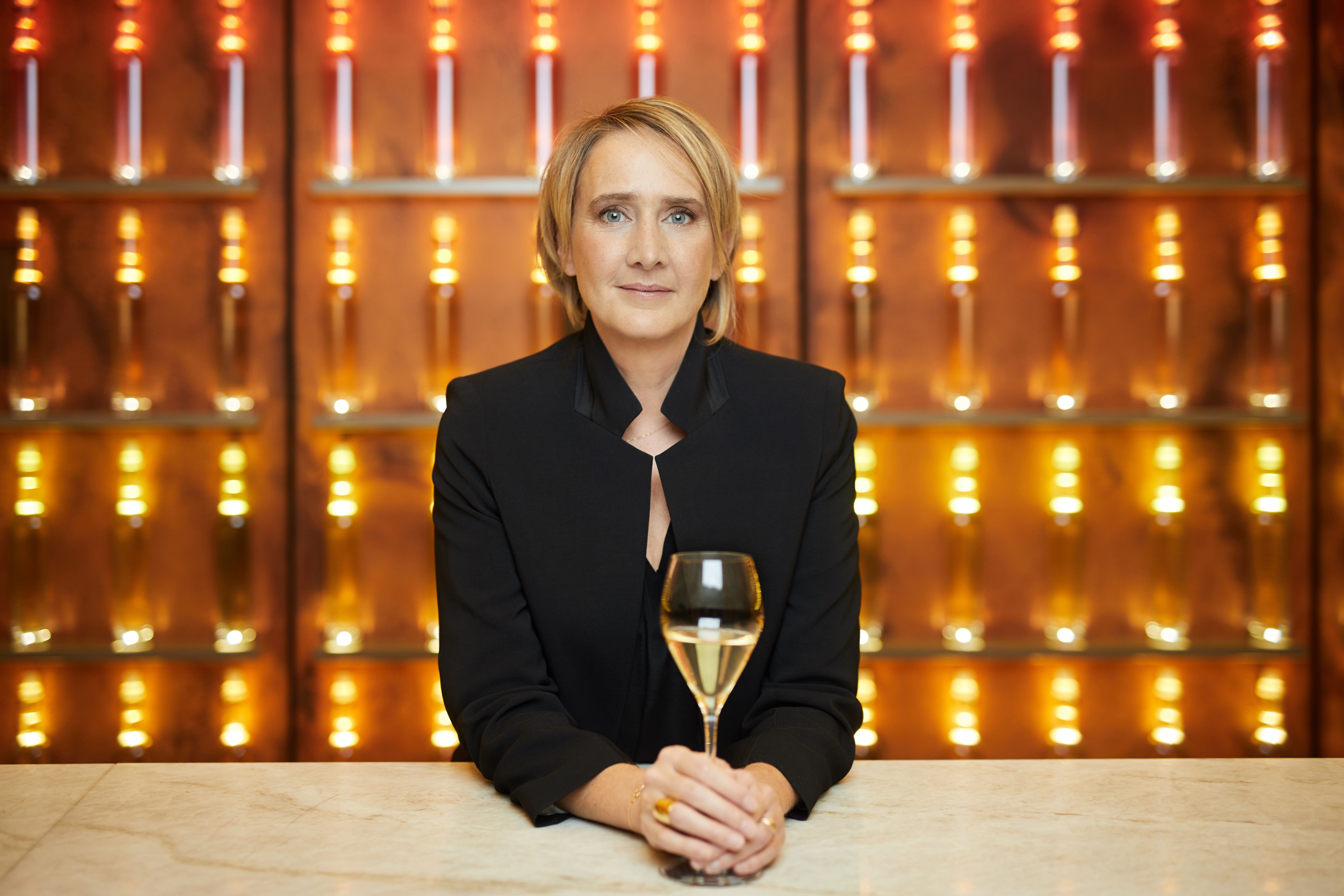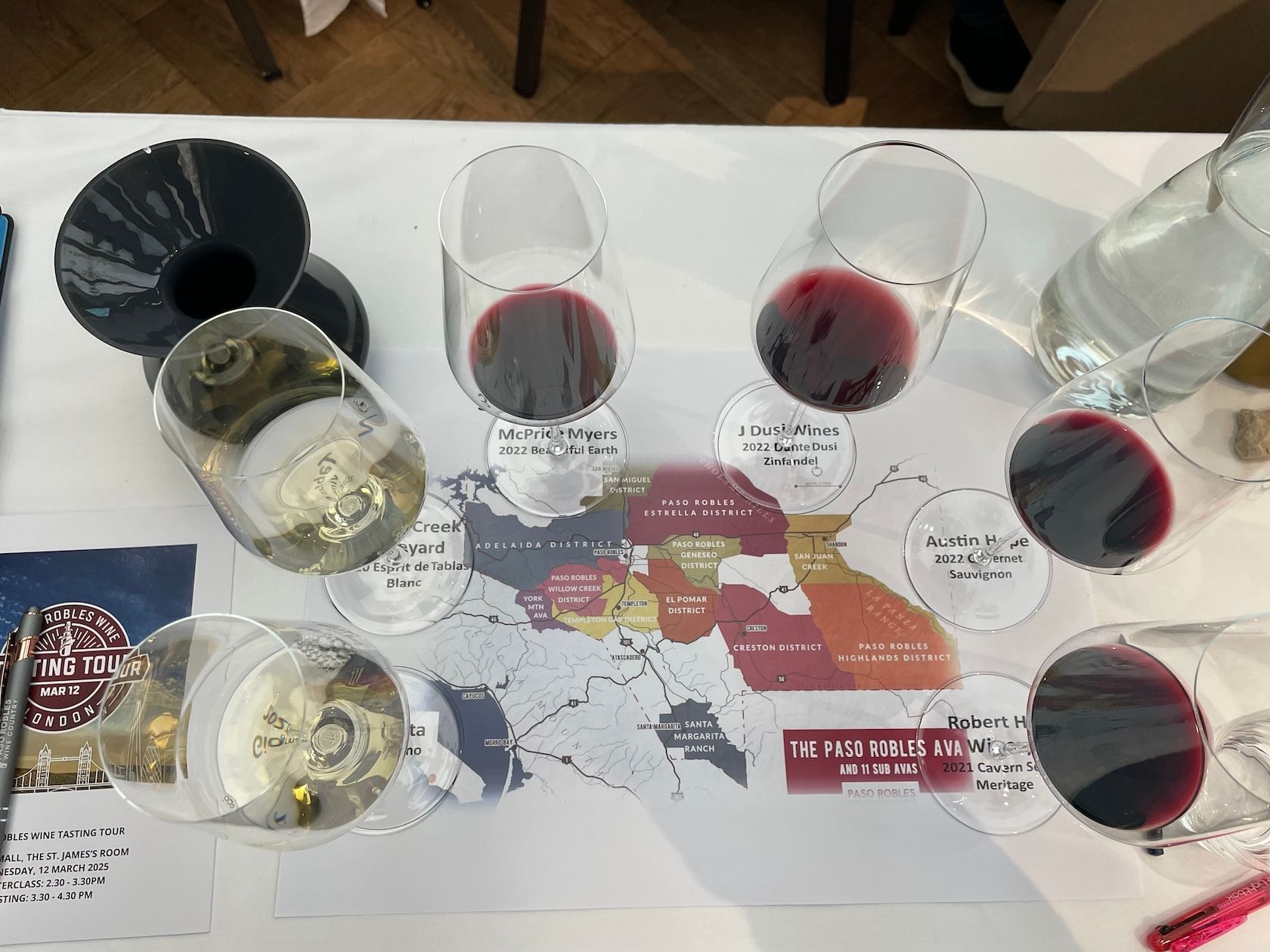Austrian wines such as Grüner Veltliner are well known by sommeliers and the wine trade but they need help to get wider consumer acceptance says Domäne Wachau chief Roman Horvath MW.
This year’s VieVinum – the biennial event hosted in Vienna by the Austrian Wine Marketing Board – was an unprecedented success. According to AWMB figures over 1150 wine merchants, sommeliers and journalists attended the 20th anniversary event in early June, meeting some 550 Austrian wine growers.
As this last number suggests, despite efforts to broaden out the focus (this year’s special guest country was Switzerland and there were also producers from central and eastern Europe) VieVinum remains a predominantly Austrian affair. Which is fine; as this year’s annual tasting in London back in February also highlighted, Austrian wine is very much in an up-phase right now, with some fantastic wines being made in pretty much all the regions. Grüner Veltliner is still the star but Riesling is getting better as are the reds, predominantly from Burgenland in the south, made from Blauer Zweigelt and Blaufränkisch.
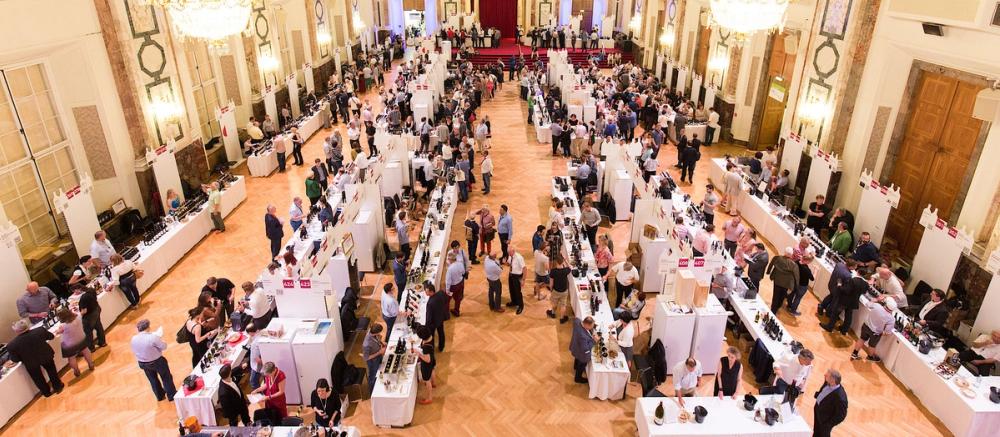
Any other thoughts? The locale of VieVinum, in the glorious and ornate Hapsburg Palace in the heart of imperial Vienna, remains fantastic but also quite challenging: not only were there vast numbers of wines to taste but the lack of air-conditioning during a heatwave made tasting hard-going. So did the decision, as in previous years, to throw the doors open to the general public. For around €50 a head, locals can come in and taste as much as they liked after midday. And come they did: AWMB figures suggest some “15,000 attendees from nearly 50 countries” were present, but by my rough calculations, most of these were Austrian.
And boy do they want their money’s worth. Getting to some of the more popular tasting tables or to try the wines at the special, multi-country Blaufränkisch tasting took me, depressingly, back to my rugby-playing school days… and I was always lousy in the scrum. This meant much of my serious tasting was reserved for the evening events, notably the get-together on the first night, on the river at SummerStage and at the impressive “The Big Austrian Wine Party” at Kursalon Hübner.
That said, there were lots of highlights including some delicious Riesling from Bründlmayer, Mayer and others, great Grüners from too many producers to mention but including Stift Klosterneuberg; whilst other producers deserving a mention include Pittnauer (for their delicious Pit Nat) and some great Blaufränkisch from Muhr-van der Niepoort. The delicious Gemischter Satz made by a number of producers were well worthwhile, suggesting this traditional multi-variety blend is very much on the way back.
Domäne Wachau stood out from the crowd
Another producer which consistently showed well was Domäne Wachau, so much so that I decided to take a break from busy VieVinum to visit the winery.
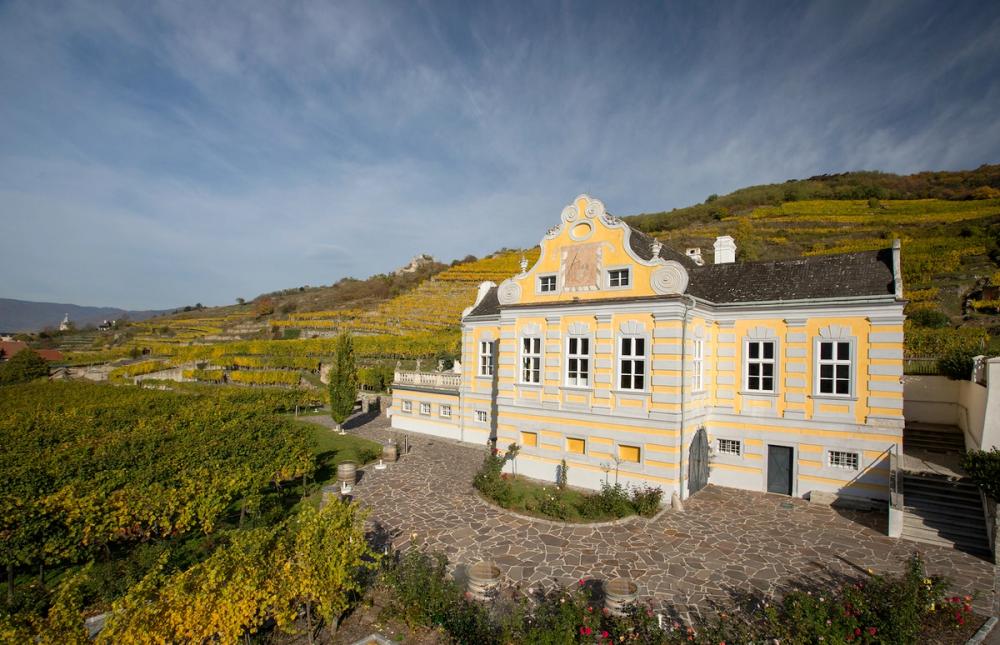
Attractively located in the pretty Danube village of Durnstein – best known for the ruined castle where Richard the Lionheart was imprisoned for a year in 1192 during the Crusades – the winery looks unremarkable on first sight. Visitors arrive in the shop where the full extent of the 50+ wines are available, alongside various eau-de-vie and brandies that it also makes. On the hill, looking onto the Danube, is the old historic manor house which is used today for visitor tastings and masterclasses.
However, as anyone who has tasted their wines will attest, Domäne Wachau are no ordinary co-op.
Despite producing a range of good value crowd-pleasing wines (one of their wines, Grüner Veltliner Granit 2017, was released through Lidl this week for just £8.99) the focus is very much on excellence, at whatever price level. The operation is large in that it buys from around 250 growers working out of 440 hectares (of which 70% is cultivated with Grüner Veltliner) and typically produces 2.5m bottles a year; but quality is key to its growing reputation.

Roman Horvath MW (r) and Heinz Frischengruber at Domäne Wachau
Roman Horvath MW who, together with Wachau native Heinz Frischengruber has headed up the winery for the last ten years, says the operation is still very much a work in progress. What had been Freie Weingartner Wachau was renamed Domäne Wachau and a series of changes have taken place. But it is evolution rather than revolution that is the name of the game, with the long term aim being to bolster export growth.
“When I started here about 15 years ago I was quite naïve of how complex the organization is. Together with Heinz – who is very terroir-driven in his thoughts and very much into organic, alternative vineyard programmes – we have worked hard,” Horvath says, crediting also his young team (in sales, vinification and marketing) and the close relations that have been built up and maintained with growers and their families.
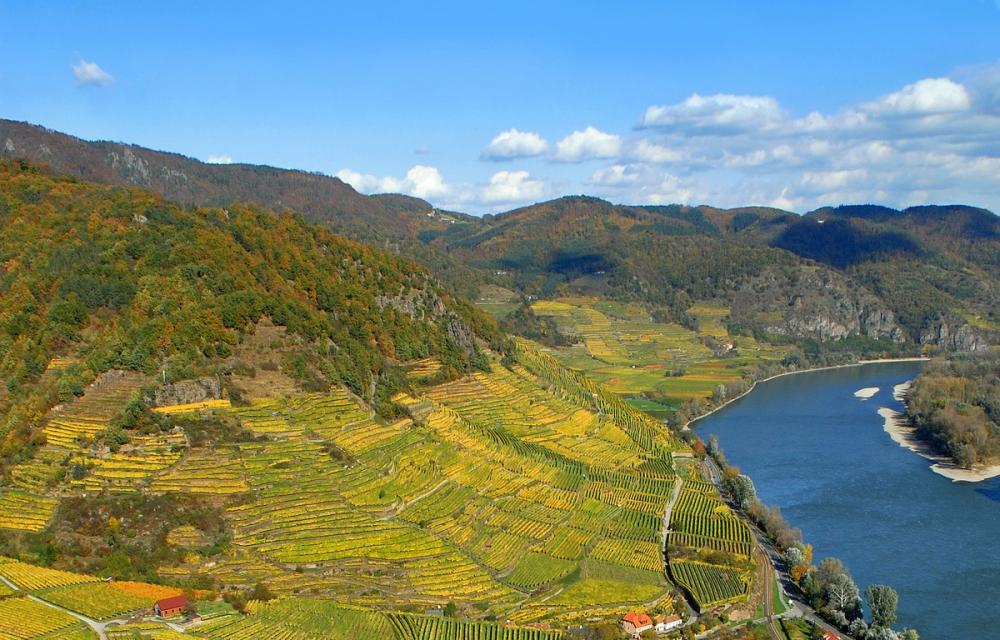
Tasting through a range of Domäne Wachau wines, I am struck by how well made and clean they are: the single vineyard wines, notably the Riesling and Grüner Veltliner from Achleiten, a glorious Danube-facing hillside vineyard or a Grüner Veltliner from Kellerberg, just above the winery, are obviously superior to the blended Terrassen range, but not dramatically so. And the small volume off-beat wines, including a moreish fortified Grüner Veltliner and an amphora-aged Grüner Veltliner, are genuinely intriguing. Horvath says this is all part of the plan.
“Our priority is to produce high quality, pure wines, with the best possible terroir notes and outstanding minerality and acidity. Special attention is, of course, given to our single vineyard Grüner Veltliners and Rieslings: we are very proud of our top wines such as Achleiten, Kellerberg, Singerriedel, Loibenberg etc. But we are also very proud of our regional wines that are lower priced and more widely available,” he says.
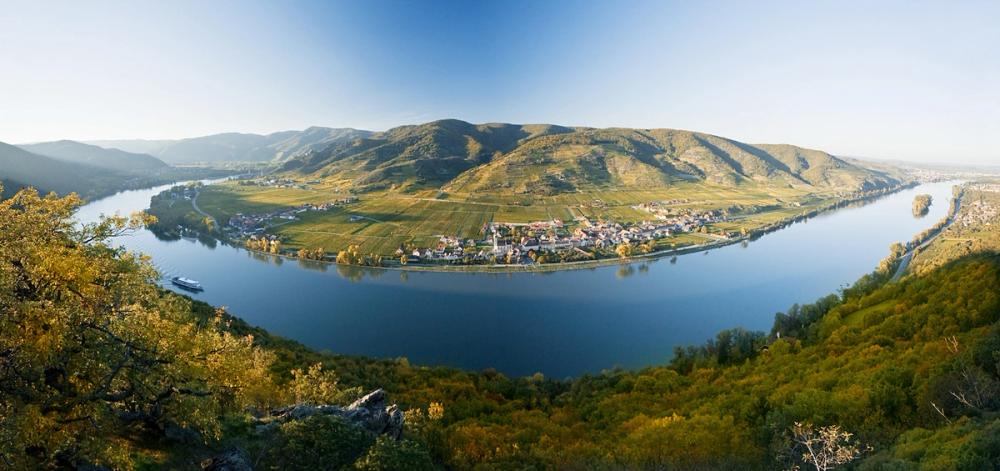
Horvath reckons Austrian wine is in a good place right now (something I would fully concur with, after those sweaty, packed days at VieVinum) bolstered by one of the wine world’s most enthusiastic and dedicated promotional bodies, the AWMB. That said, to my mind, regionality is rather confusing for the uninitiated. Labelling can be as well (though fans of German wine are probably used to this), although Domäne Wachau’s elegantly designed and informative labels are one of the honourable exceptions.
Horvath agrees that producers need to continue working hard to boost Austria’s international profile, keeping in mind at the same time that production here will always be small compared to larger wine producing nations.
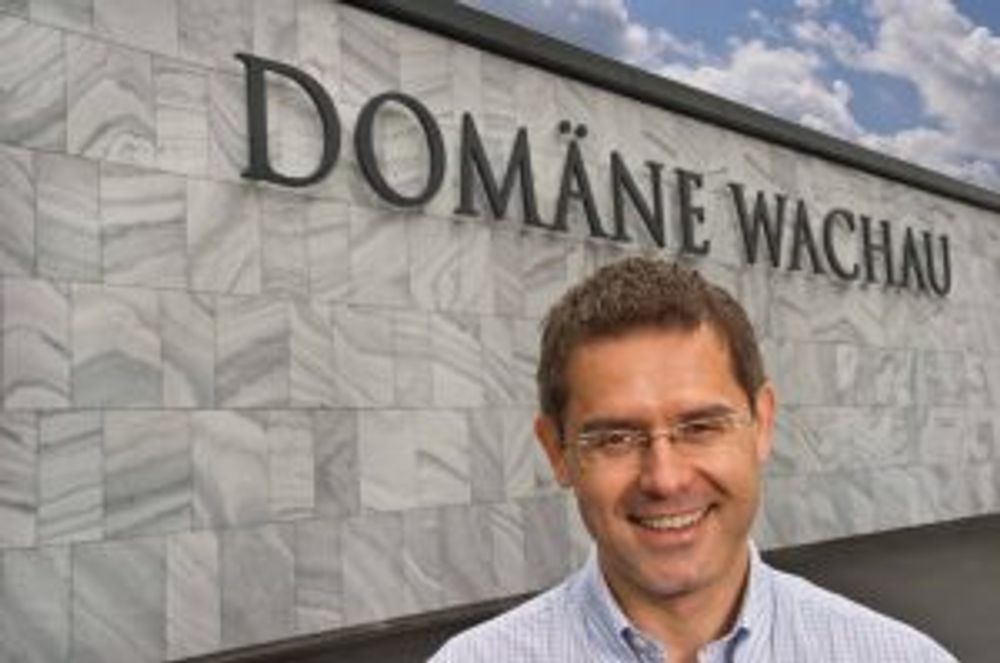
Roman Horvath MW
“We are lucky to have a great grape variety like Grüner Veltliner to work with and are truly grateful for consumers around the world for acknowledging it. What we need is wider distribution. Austrian wines are well-known among sommeliers and wine people but they still lack acceptance with the average consumer (apart from in German speaking countries). That’s something we want to work on,” he says.
However, he remains confident, for Austrian wine generally which he reckons has an unique style, with its Rieslings and Grüner Veltliners combining the delicacy of German Riesling and the structure and intensity of Burgundy and white Rhöne wines; and he is also confident about Domäne Wachau, in particular.
“By continuing to produce great quality, we will continue making our way to people’s hearts and wine glasses little by little. We are on the right path, but there’s still a long way and many vintages to go. We will keep on striving for excellence.”
Domäne Wachau wines are imported into the UK by Alliance Wines until September, after which they join the Gonzalez Byass UK stable.
